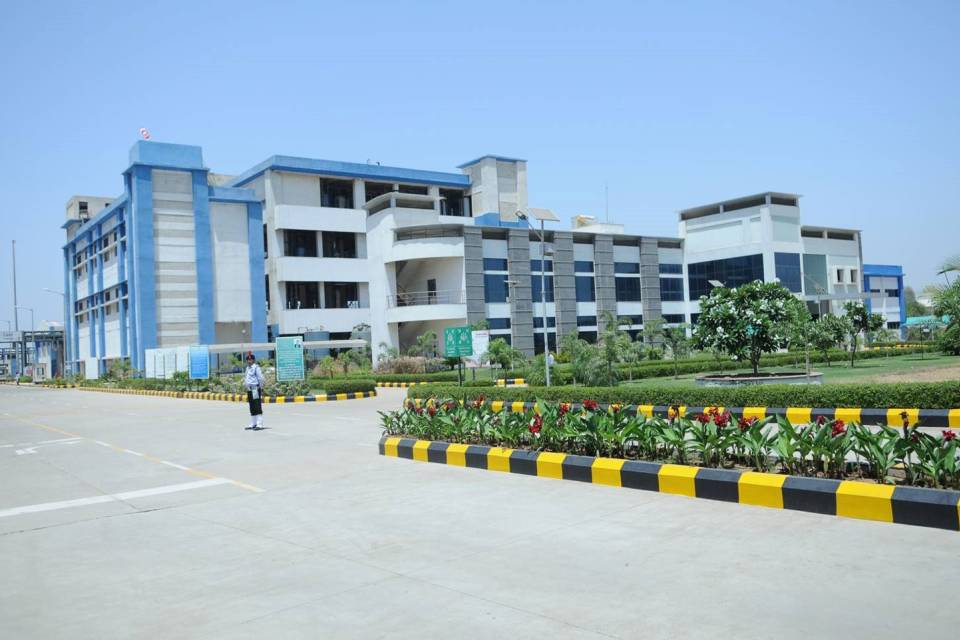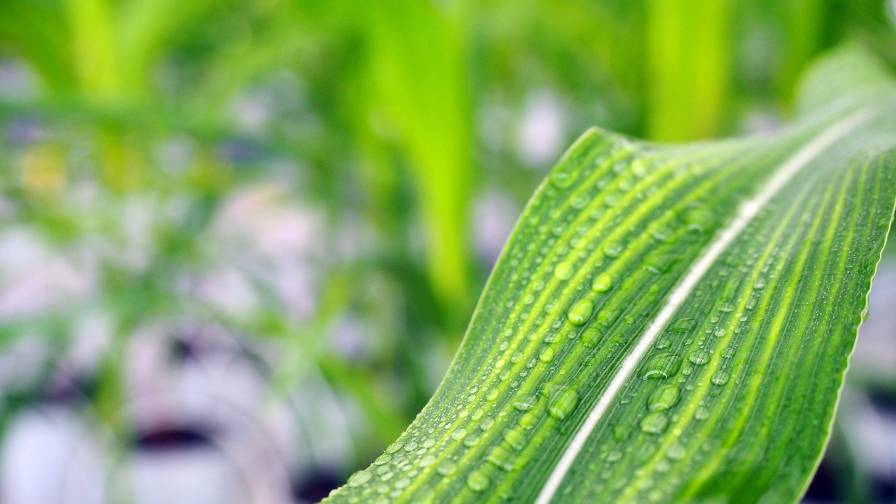Making Sense of the New Bioinputs Regulation in Brazil
Editor’s note: Ignacio Moyano Córdoba is Vice President, Latin America with DunhamTrimmer. Over the past 25+ years, Moyano has forged a career serving Latin American agriculture through senior management positions in the biologicals and value-added fertilizer industries. Following Brazil’s adoption of a new law governing on-farm production of biologicals last December, Ignacio helped to assemble a panel of Brazilian thought leaders to provide 2BMonthly with their well-informed perspectives on the new law and its widespread implications. Included below is an excerpt of Ignacio’s Q&A with those experts taken from a recent issue.
Do you fundamentally agree with a law that allows on-farm production of microbials in Brazil?
Dr. Mariangela Hungria da Cunha, Research Leader at the Embrapa Soybean Center: I have the leadership of a Soil Microbiology group at Embrapa (Brazilian Agricultural Research Corporation), at the Soybean Center, and I am also a leader of a national group in a virtual institute (National Institute of Science and Technology – Plant-Growth Promoting Microorganisms for Agricultural Sustainability and Environmental Responsibility). We have been discussing on-farm production in our scientific group for the last five years. We think that anyone can produce their biologicals provided they: 1) Acquire proper and official strains that the Brazilian researchers have confirmed are efficient and safe for use; 2) Have a systematic program of quality control in place and a responsible technician for the production; and 3) Have their production unit registered with the Minister of Agriculture. Regarding that production specifically, we are very concerned about the spread of diseases and the use of microorganisms that have not been evaluated adequately regarding agronomic efficiency.
Ithamar Prada, CEO of BioWorld: Yes, this law represents an important advancement for Brazilian agriculture. It was built with the participation of various associations, involving the industry, researchers, growers, and regulatory agents. The law is modern and provides important foundations for the legal security of farmers and the entire bioinputs chain, both for the finished product industry and for companies that manufacture technologies for on-farm production. Certainly, the law contributes to important advancements in the sustainability of Brazilian agriculture with benefits that will already be perceived in the short term.
Júlia Emanuela de Souza, Director of Governmental and Regulatory Affairs at ANPII Bio: On-farm production has been a reality in Brazilian agriculture for a few years. Regulation was urgently needed to ensure that this production occurs safely, efficiently, and in alignment with the interests of both producers and the bioinputs industry, as well as the environment and society as a whole. The law does allow on-farm production but does not open the door to uncontrolled production; on the contrary, it establishes clear boundaries and minimum guidelines to ensure the quality and safety of products.
This is essential to protect the health of the soil, plants, and consumers, while also strengthening trust in the bioinputs sector. This is crucial to prevent issues such as the proliferation of low-quality products or a lack of transparency in the market. Regulation not only organizes a practice that already existed but also turns it into a reliable tool for agriculture, ensuring that Brazil continues to progress responsibly in the bioinputs sector.
Gustavo Branco, CEO of FertiGlobal Brazil and Member Director of ABISOLO (the Brazilian Association of Plant Nutrition Technology Industries): Fundamentally, yes. But structurally, I have my doubts.
Do you agree or deny that on-farm production of biologicals has been a key growth driver in Brazil?
Hungria: I do agree that biologicals have been a key growth driver in Brazil.
Prada: I agree. On-farm production is essential for the increased adoption of bioinputs in Brazil, especially given the country’s continental dimensions and deficient logistics infrastructure. With high technology applied in the processes of on-farm production, growers can manufacture products with high quality, performance, and a very attractive cost-benefit ratio. As a consequence, this model creates conditions for the broader adoption of bioinputs in general. Obviously, on-farm production is not for all farmers, being more suitable for larger growers with a very high technological level and a mindset oriented towards quality and processes.
Emanuela de Souza: On-farm production of biologicals may be considered a factor for growth in Brazil, but this topic must be approached with caution. Indeed, bioinput technology developed by the industry is very competent for its function: it is sustainable, efficient, and emerges as a necessary alternative in a scenario still dominated by reliance on chemical products. However, the widespread adoption of this technology will only bring real benefits if it is accompanied by strict quality and safety controls.
On-farm production, by itself, is not a guarantee of success. On the contrary, without proper regulation and well-defined standards, it could pose a risk to the reputation of bioinputs and the trust of producers. A lack of control may result in low-quality products, undermining the effectiveness of the technology and jeopardizing its credibility.
Therefore, it is essential to emphasize that on-farm production will only become a positive factor if it is carried out responsibly and within parameters that ensure the safety and efficiency of the products. Without this, instead of driving growth, it could become an obstacle to the large-scale adoption of this promising technology. Regulation and oversight are not optional; they are indispensable to ensure that bioinputs continue to advance safely and sustainably in Brazil.
Branco: On-farm production was a biologicals booster which has been used by many players, from government, companies, and farmers, who in the beginning thought it would be easy to control and avoid problems. With the legislation now in place, we see that those aspects which endeavor to classify the products, impose taxes, and forbid selling these products outside the farm (this last one being the most complicated issue) still lack clarity and understanding.
How would you respond to concerns about quality control for on-farm manufactured products?
Hungria: The great majority of farmers do not have a quality control program. Therefore, we are very concerned about what has been introduced in our soils. Up to now, all on-farm products that we have analyzed in our laboratory have contaminants, often in very high concentrations. Often, these products lack the desired microorganism. Therefore, we have to advance regarding quality of on-farm production.
Prada: This may be one of the most frequent questions on the topic, and the answer is quite simple: regardless of whether the production is on-farm or industrial, it is important that production processes and quality management systems are implemented.
It is not because it is on-farm that the application can be made without rigorous processes, which should cover everything from the biofactory’s facilities to the monitoring of each step in the bioprocess engineering, ensuring water quality, equipment sanitation, care with culture media quality, control of key process parameters such as pH, temperature, and others, storage and logistics until delivery to the field. In short, as in any business, having well-trained people and processes is essential for high-quality production.
Emanuela de Souza: Concerns about the quality control of on-farm products are more than valid; they are essential to ensure that this practice becomes an ally, not a threat, to the advancement of sustainable agriculture. I recognize that, without quality standards, on-farm production can create uncertainties and risks, such as the production of ineffective or even harmful products for the soil, plants, workers, and consumers.
Therefore, the response to these concerns lies in strengthening control and regulatory mechanisms. It is necessary to establish clear guidelines, efficient inspection processes, and technical criteria to ensure the quality and safety of products. The traceability of the microorganisms used is a critical point: knowing their origin, characteristics, and efficacy is fundamental to preventing contamination and ensuring that products fulfill their intended purpose. Additionally, the presence of a technical supervisor on the farm is indispensable to oversee processes, ensure compliance with regulations, and guarantee that production is carried out with the necessary knowledge and care.
The adoption of good practices and the training of producers are essential steps to ensure that on-farm bioinputs meet minimum quality standards that guarantee safety for all. Furthermore, it is important to engage all sector stakeholders—producers, industry, regulatory bodies, and researchers — in ongoing dialogue to identify and address shortcomings, share knowledge, and promote continuous improvement.
Branco: Knowledge, innovation, and technical support are the fundamental pillars for providing correct, safe, and feasible on-farm production. But these pillars require technical conditions most of the farmers don’t want to pay for. The result is lower quality, less safety, and a negative perception of on-farm production. We must also consider what farmers expect to achieve with these products, which commonly are to replace agrochemicals, solubilize nutrients, and improve soil health. These outcomes demand a specific production process, specialized equipment, and a skilled workforce hardly possessed by the average farmer.
These expectations are met far more readily with product solutions provided by private industry, where processes and conditions have been better optimized to achieve the desired result: high quality, safety assurance, and an attractive price. The same production challenges faced by suppliers, including technical issues, equipment maintenance, and financials (credit and terms of payment), must also be addressed with on-farm production. Ultimately, this reduces the attractiveness of on-farm production, regardless of whether or not the idea is something pushed by some players (mostly suppliers and companies that have developed intelligent solutions for on-farm production).
In other words, both sides — industry developing end-use biological products, and suppliers supporting the on-farm production process itself are working hard to convince farmers that their approach is the best. It’s important to remember that in the end, the economic and geopolitical uncertainties farmers are facing figure heavily into their decisions. These variables can dramatically affect segment dynamics, changing that evaluation.
How would you respond to concerns surrounding disparate regulatory requirements for manufacturers and on-farm producers?
Hungria: The requirements are very restrictive and costly to the industry, with practically with no restrictions to the on-farm production. But what will happen (is happening) is that the industry is investing in innovation. And the on-farm production will probably have no access to these innovations. For the industry to continue to invest in innovations, a change is highly necessary in the Brazilian legislation that today, does not allow the intellectual and industrial property of microorganisms.
Prada: I believe that the new legislation has brought clarity and balance to regulatory requirements, allowing for the good coexistence of the two business models. The new law defines important points regarding the need for a qualified technical person for on-farm production and the prohibition of using commercial products as an inoculum source, among other points. Brazil has been leading the use of bio-inputs globally and needed legislation to regulate and allow the sector’s advancement. This law marks the beginning of a new era of even greater sustainability in Brazilian agriculture and will benefit the entire food production chain in the country, from the input industry, growers, and consumers.
Emanuela de Souza: The differences exist because the objectives of each are distinct. Industrial manufacturers operate on a large scale, focusing on commercialization and innovation, while on-farm production is geared toward self-use, addressing specific needs. However, what truly matters are the common requirements that ensure the safety, quality, and reliability of bioinputs, regardless of where they are produced.
Quality and contaminant control, good production practices, the presence of a qualified technical supervisor, and the traceability of microorganisms are essential pillars that must apply to all. Additionally, the registration of both types of production facilities is crucial to ensure transparency and oversight.
At the same time, it is important to emphasize that the prohibition on the commercialization of on-farm produced bioinputs and the prohibition on the multiplication of commercial products are measures that protect innovation. These rules encourage the industry to invest in research and development, creating advanced technological solutions that can only be achieved on an industrial scale. This not only strengthens the bioinputs sector but also ensures that producers have access to high-quality, safe, efficient, and modern products.
Branco: The best solution relies on good regulation, which in this case is not easy to provide since there remains a significant amount of uncertainty surrounding product classification. The government is challenged to even identify who is the most reliable source of data to provide correct classification, much less to establish quality standards (either for on-farm or industrial production) aimed at defining and assessing what each product/technology has proposed to do.
Law 15,070 endeavors to not only define biologicals, but must also regulate how the classification process is implemented, how the inspection process works, and how results are analyzed, etc. This signals we are moving in the right direction on a path that everybody must follow, toward a proper (and common) technical, legislative, and business environment. We have heard discussion at international conferences and events, for both industry and farmers, that the expectation has been high for these guidelines. The reality, however, showed that we still have a lot of work to do to get to where we need to be. Nevertheless, Brazil has taken the first steps, indicating we are on the right path, and demonstrating that together we can improve this segment and lead global agriculture into the future.





